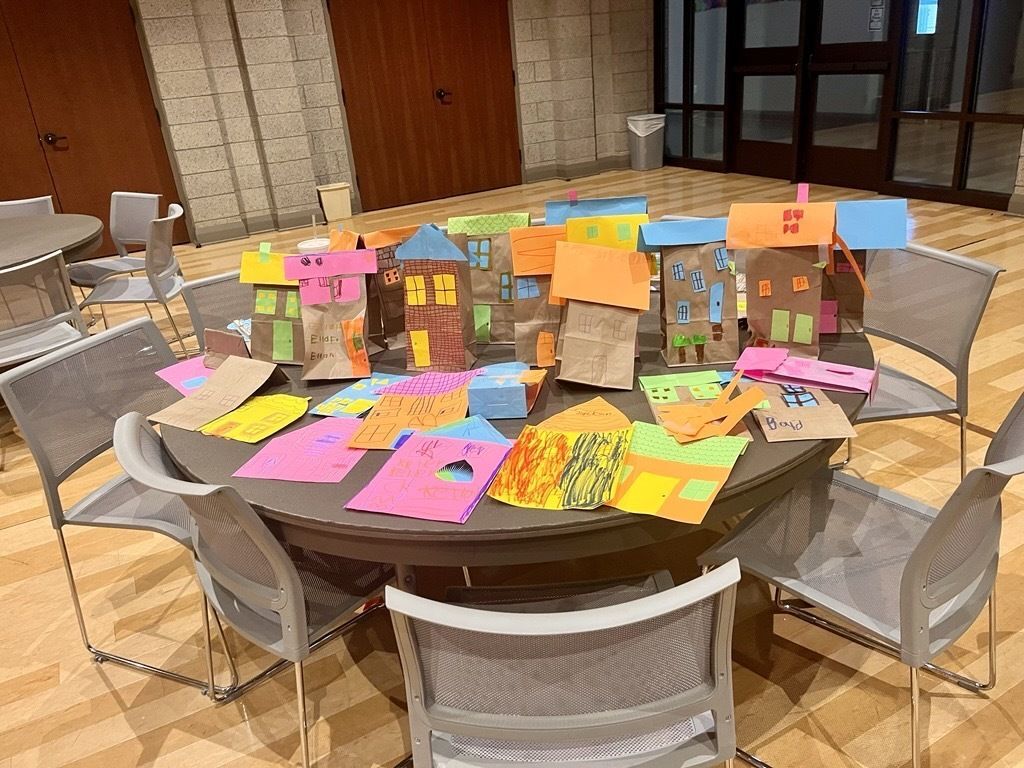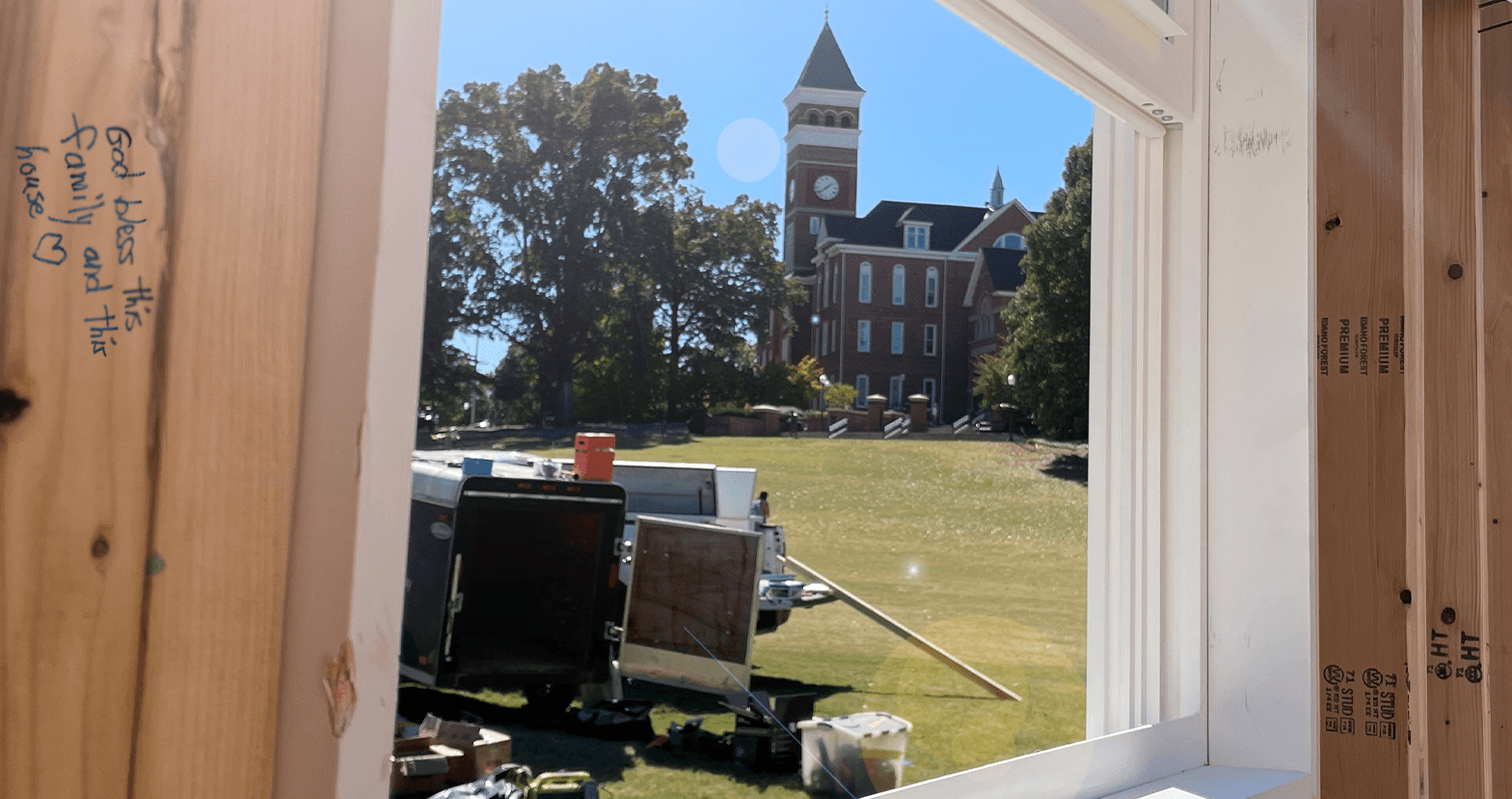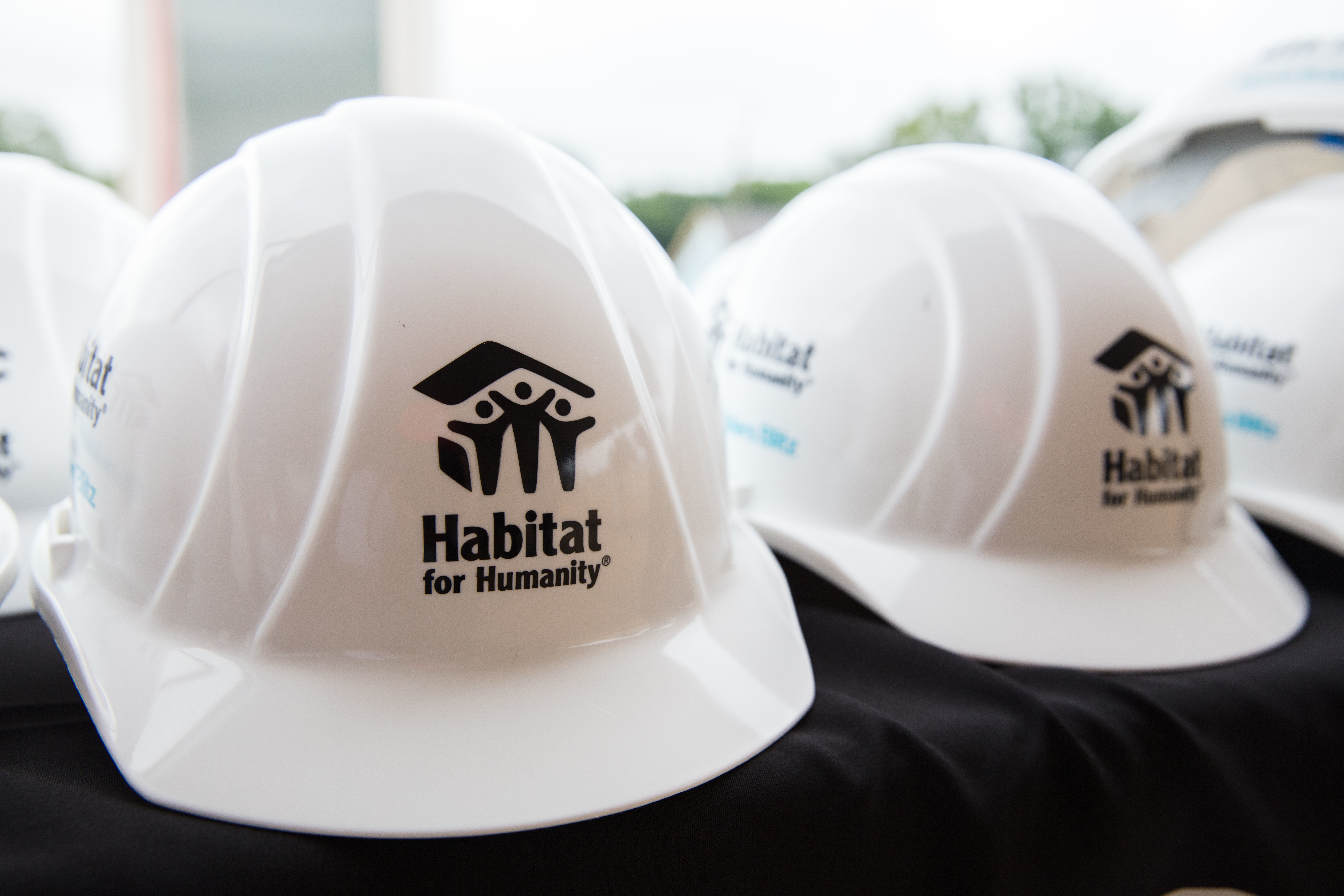
Earlier this month, our team had the joy of spending a day with the children of Clemson United Methodist Church. What looked like a simple afternoon of crafts quickly became something more. As Construction Coordinator Kevin Parris shared, “Working with the children at church was an uplifting experience. I felt fulfilled seeing their excitement to learn and knowing I was able to make a positive impact in their lives.”
On the surface, it was about cutting, coloring, and folding paper into houses. But what happened in that room was much deeper than art.
We asked the children to share their favorite things about their own homes. Some mentioned their bedrooms, others talked about the kitchen where their family eats together, and a few described backyards where they play. Executive Director Tamara Dourney reflected, “When we asked the children to share their favorite thing about their homes, their answers included everything from pets and backyards to siblings, parents, and video games. What struck me most was how quickly they understood that not every family in our community gets to celebrate those things, because they struggle with housing issues. Seeing them make that connection was powerful.”
The children engaged with these conversations with care and empathy. They recognized that a home is more than walls and a roof. It is a place of safety, belonging, and joy. Even at a young age, they were able to see how deeply it matters when families do not have that foundation.
Their creativity shone brightly as they built paper houses in every style imaginable, bright red roofs, hand-drawn gardens, doors that opened to reveal families, even pets in the yard. Program Coordinator Isabella Wells added, “What stood out to me was how the children didn’t just listen, they responded with genuine concern and ideas of their own. It was also so awesome to see their creativity when designing their homes. It reminded me that advocacy starts with awareness, and that even the youngest voices in our community can speak up for fairness and compassion.”
This experience reminded us that advocacy has no age limit. Whether it is speaking up for a classmate, creating art that sparks conversation, or one day joining a Habitat build, these children showed us that the seeds of empathy and justice can take root early.
We left the church deeply encouraged. The paper houses they built may have been small, but the lessons behind them were mighty: every person deserves a safe place to live, and every voice, no matter how young, can help make that possible.


